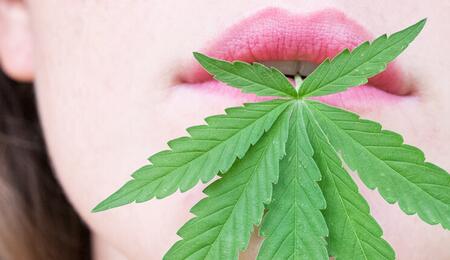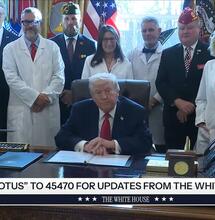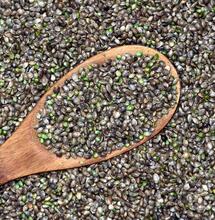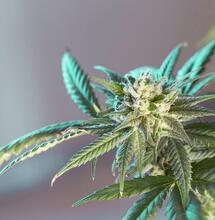Researchers: Infant Drug Tests For Marijuana Are Unreliable

Common methods for detecting exposure are unreliable, results "should not be reported"
Common methods for detecting exposure are unreliable, results "should not be reported"
The most commonly used drug testing methods for detecting marijuana exposure are unreliable when used on infant babies and "should not be reported" without additional testing and followup by hospital staff and social workers, according to new research published recently in the scientific journal Clinical Chemistry. While infant drug testing is relatively common across the U.S., it's typically only done in cases where the mother has a history of substance abuse, and positive results for marijuana on the base-level immunoassay drug test are usually followed by a more targeted THC assay test to confirm the results. However, researchers with the University of Utah found that even the more targeted THC assay drug tests show a "significantly higher" rate of false-positive results with infant subjects. Research revealed earlier this year that many different soaps and household products, including baby shampoo, can cause false-positives in immunoassay tests, so the follow-up study sought to determine what's behind the higher rates of false-positives for infants. While the study does not broach the subject of whether any non-drug using parents have lost custody of their child unjustly due to false-positive drug test results, it does strike a blow to the assumption that THC assay testing is a tell-all for drug abuse. "Positive THC screening results may thus reflect compounds other than cannabinoids that are present in the urine of infants at high risk of drug exposure, or they may reflect environmental or socioeconomic factors associated with their high-risk status," researchers wrote. Scientists who discovered the original flaw in immunoassay testing pointed to two compounds in particular as the cause of false positives: polyquaternium 11 and cocamidopropyl betaine, which the U.S. Department of Health and Human Services says are in hundreds of consumer products like Windex, Lime-A-Way cleaner, Axe shower gel, Clairol hair dye, Dial foaming hand soap, Crest toothpaste, a variety of baby shampoos and many others. They found that less than 0.1 mililiters of these chemicals in a urine sample could contaminate the results. Reacting to that study, University of Utah researchers initially set out to determine why infant drug testing had more frequent false positives. They ultimately weren't able to explain the difference, calling the issue "unresolved" and saying that more study was needed to explain the discrepancy. They also speculated that it's possible infants metabolize THC differently than adults due to undeveloped liver enzymes. "It would be helpful if future studies identified THC metabolites with prospectively collected infant urine samples matched for hospital location, used the same sample-collection protocols, and stratified the infants according to the risk of drug exposure," researchers wrote. They concluded that infant urine analysis results that come back positive for marijuana "should not be reported without confirmation [from an alternate specimen] or appropriate consultation, because they cannot currently be interpreted." SOURCE: www.rawstory.com AUTHOR: Stephen C. Webster
S
Soft Secrets



